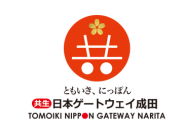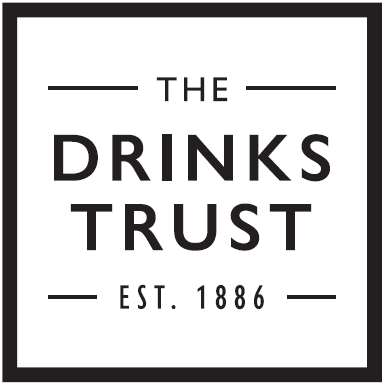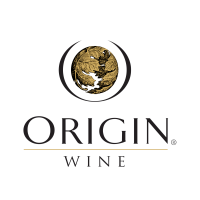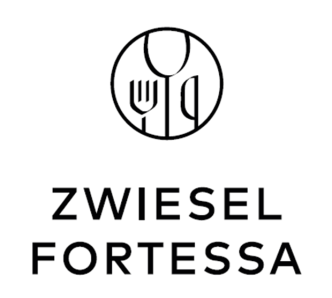Region: Franciacorta, Lombardy
Founded: 1977
Owners: Moretti family
Vineyard holdings: 209 hectares
Lead Winemaker/President: Francesca Moretti
Annual production: 1,700 000 bottles per annum
In 1977, Vittorio Moretti transformed what had been an enjoyable hobby into one of Italy's leading sparkling wine houses. An entrepreneur rooted in construction, Moretti had spent the early 1970s making still wines for family and friends; yet he was convinced that Franciacorta's future rested on Metodo Classico production. Buoyed by his vision (and considerable capital), he went commercial before the decade's end, beginning with just 3.5 hectares of vines. Today, Bellavista produces over 1.5 million bottles annually in Franciacorta, reflecting both scale and a rigorous commitment to site expression.
Fundamental to Bellavista's rise to fame was the genius and talent of winemaker Mattia Vezzola. Arriving in 1981, he helped define both the house's philosophy – favouring elegant fruit expression over raw power – and shape the creation of Satèn, a signature Blanc de Blancs style of the region. In the vineyard, Moretti's early purchases established a patchwork of named sites – Rocchetta, Torbiato, and others – planted to Chardonnay, Pinot Blanc and Pinot Noir. Perched on a panoramic hill that gives it its name, Bellavista's winery surveys a landscape of morainic hills, shaped by centuries of glacial erosion. In this exceptional terroir, encircling Lake Iseo and flanked by the distant Alps, climate, light and soil converge to give Franciacorta its singular voice.
Indeed, although there is some shared DNA with Champagne, stylistically they can be quite different. Franciacorta is a riper, more direct expression of Pinot Noir and Chardonnay - Pinot Blanc is only used for the non-vintage cuvèes at Bellavista. The winemaking, meanwhile, is precise and nuanced: gentle pressing preserves delicate aromatics and bottles are rested in an extraordinarily subterranean environment – nearly two kilometres of tunnels cut into hillside – whose steady conditions allow the second fermentation and ageing on lees to proceed with minimal intervention. The entire range is highly recommended, although Bellavista's vintage Satèn and the prestige cuvèe Vittorio Moretti are regarded as among Italy's finest sparkling wines.
Immensely popular across Italy, Bellavista's long association with Teatro alla Scala in Milan epitomises the brand's cultural positioning: part Italian heritage, part performance art. This distinctive identity has been advantageous in helping the winery develop a presence on the international stage, working with premium restaurants and independent merchants rather than mainstream channels. In recent years, the Moretti family has also sought outside expertise, inviting Richard Geoffroy, erstwhile chef de cave at Dom Perignon, to join the team as mentor and cellar master in 2022. This collaboration has reinforced Bellavista's aspiration to marry textural precision with great complexity, framed by an unmistakable Italian verve.
Following a smooth transition of power, Vittorio's daughter Francesca Moretti assumed the presidency of the house in 2020. Under her stewardship, the company has remained at once custodian and innovator: a winery where meticulous viticulture and a clear sense of cultural identity combine to produce wines that are both authentic and thought provoking.
Q&A: Francesca Moretti, President, Bellavista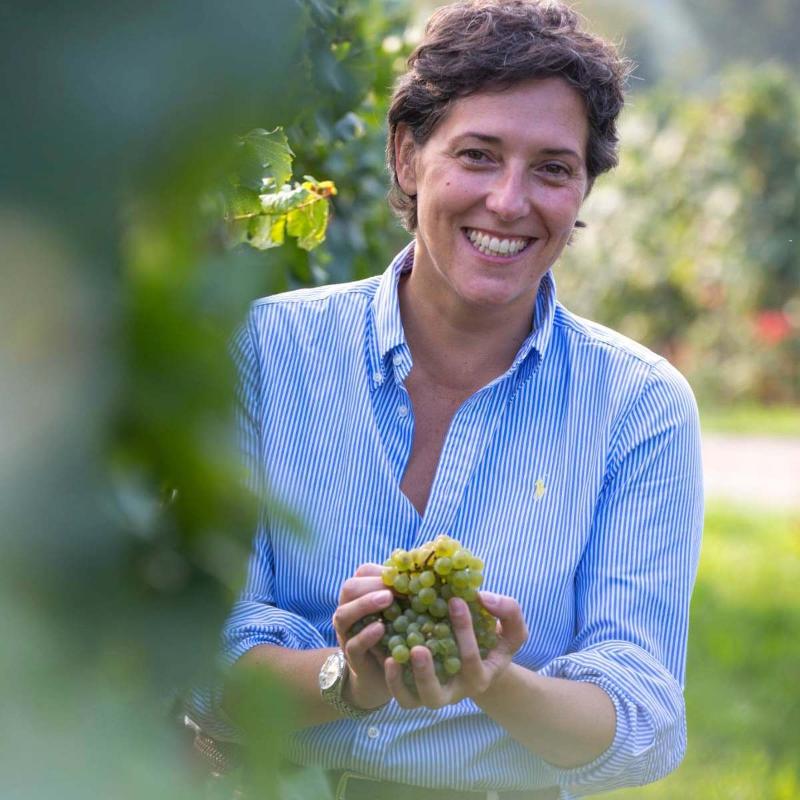
Bellavista helped define the Franciacorta identity decades ago. How do you preserve that heritage while ensuring the brand stays relevant to a new generation of drinkers with different values and tastes?
We believe that relevance doesn't come from chasing trends, but from remaining authentic. The new generation isn't asking for different wines — they're asking for truth. They seek transparency, emotional resonance, and a genuine respect for nature.
That's why we continue to craft wines that speak of time, patience, and territory. But we interpret them through a contemporary lens, one that values environmental balance and emotional clarity. In doing so, we remain faithful to our origins while speaking a language that resonates with today's drinkers.
Franciacorta still occupies a more niche space globally compared to Champagne. What strategic moves are you making — in distribution, storytelling, or partnerships — to elevate Franciacorta's international profile?
While Champagne has centuries of global recognition, Franciacorta is a younger, evolving region with its own identity — shaped by a deep connection to the land and a distinctly Italian sensibility. We've learned much from Champagne, but today Franciacorta walks confidently on its own path.
As one of the most historic producers in the region, Bellavista embraces the opportunity to help Franciacorta gain international recognition. We do this by supporting the work of the Consorzio Franciacorta and collaborating with fellow producers to introduce our wines to new audiences — always with unity and purpose.
Then there are partnerships that speak volumes. Our long-standing collaboration with Teatro alla Scala is not just a partnership; it's a declaration. It reflects our commitment to art, music, and timeless elegance. It's our way of saying that Bellavista stands alongside the cultural icons that define Italian excellence.
How is climate change influencing harvest timing, acidity management, and base wine composition - Are there any experimental approaches you're testing to safeguard balance and freshness?
At Bellavista, we prefer to speak of climatic evolution rather than climatic change. This subtle but meaningful shift reflects our belief in the vineyard's ability to adapt and respond to nature's rhythms with resilience and intelligence.
Our approach begins in the vineyard, where we follow the pruning philosophy of Marco Simonit, aimed at training the vine to become stronger and more self-sufficient over time. For example, we do not irrigate. Instead, we encourage the roots to grow deep into the soil in search of water, fostering a natural resilience that sustains the vine even in the driest seasons.
Canopy management is another key element: we shape the foliage to protect the fruit from excessive sun or hail, which often occurs in Franciacorta. In doing so, we help the grapes reach phenolic maturity while preserving freshness and balance — the two pillars of Bellavista's style.

Producer Profile: Bellavista
Since its founding in 1977, Bellavista has become the soul of Franciacorta - both guardian of tradition and innovator for a new generation of sparkling wine lovers.
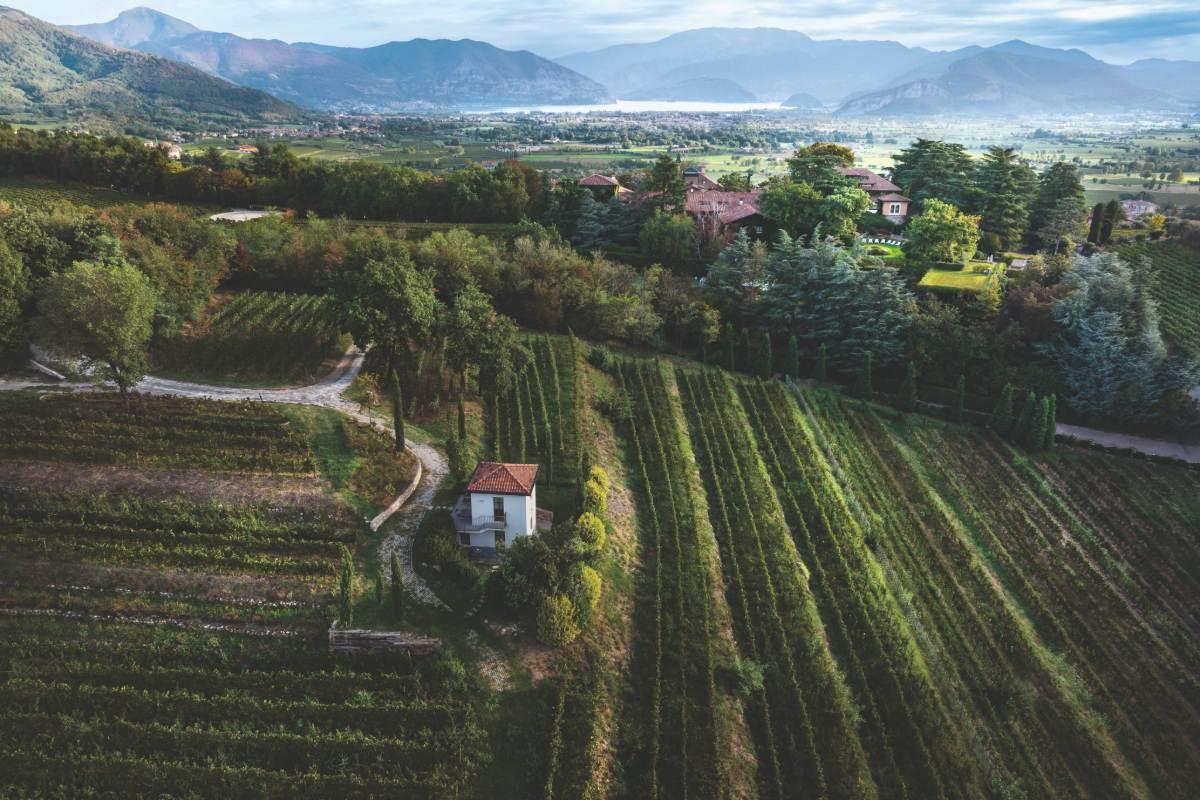
Bellavista has become emblematic of Franciacorta's success





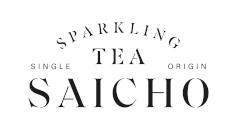




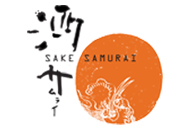
.png)
